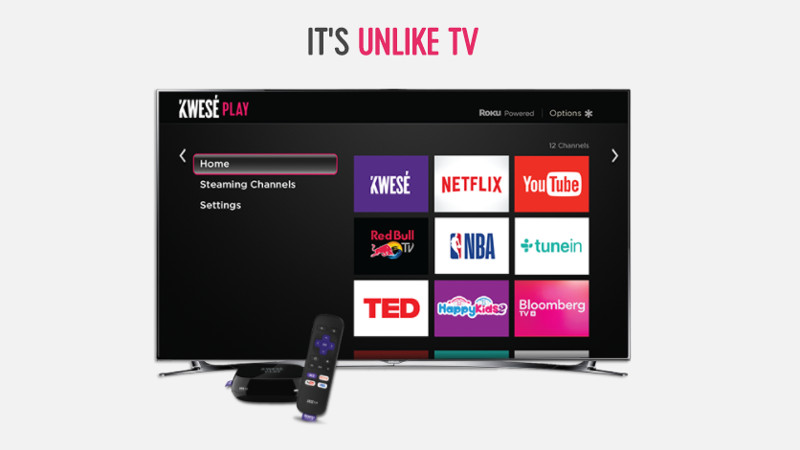The battle for streaming devices is heating up in South Africa, as Telkom launched its LIT TV box a month or two ago and the Kwese Play box also received a release.
But which one is better based on the specs and price? We take a look.
No ad to show here.
Horsepower
From a sheer power perspective, there’s no doubting that the LIT TV box looks like the better option.
Featuring a quad-core A53 chipset, 2GB of RAM and 8GB of expandable storage, it’s clear that Telkom’s device is more powerful on paper. By comparison, the Kwese Play box has 512MB RAM and 256MB of expandable storage. There’s no word on the Kwese’s CPU, but we’re assuming it’s less capable than Telkom’s, based on supported video standards and the rest of the spec sheet.
Of course, the operating system on each machine is different, resulting in different hardware requirements. Speaking of operating systems…
Operating system
Want Android apps on your device? Then Telkom’s box is for you, offering the Android TV platform. So this means Google Play Music and the Play Store are at your disposal, as well as casting support.
The library of Android TV apps isn’t a tenth as big as the Play Store, but you’ll still find that many video apps (including Kodi) and a couple of games work fine. You can also sideload apps but this is a very hit and miss endeavour, owing to the screen size and input method (remote).
Read more – Xiaomi Mi Box review: what to expect from cheap 4K Android TV box?
In a rather interesting turn, it seems like Netflix has to be sideloaded on the Telkom box for now. Why, I don’t know. Here’s hoping we get an official release on the box.
Meanwhile, the Kwese Play box makes use of Roku OS, being a Linux-derived platform made with TVs in mind. One of the original streaming-based platforms, there are plenty of “channels” available on Roku OS, ranging from Netflix, Google Play Movies and YouTube to WWE Network and Amazon Prime Video.
Don’t expect the versatility of Android here, although both platforms support playback off memory cards and USB storage.
Inputs and outputs
The Telkom device comes with quite a few perks on the I/O side of things. Two USB ports, 3.5mm audio jack, USB OTG support, SD card slot, WiFi, optical audio port and Ethernet jack round out the offering.
Kwese’s box doesn’t reach these heights, featuring an Ethernet jack, WiFi, microSD slot and a USB port. No optical audio port here. In fact, both devices appear to lack voice functionality, which is a bigger surprise for the Android box, given the Google emphasis.
Supported standards
Got a 4K TV and want to watch relevant content? Then the LIT TV box is the only option for you. Supporting 4K and HDR playback (HDR 10), Telkom’s box definitely seems like the more future-proof option.
Meanwhile, the Kwese Play, being a rebranded Roku 2, tops out at full HD and lacks HDR compatibility. In other words, don’t expect it to hold up as well as 4K TVs become prevalent.
Price
Telkom is currently selling the LIT TV box for R1099, making for a solid proposition. Meanwhile, Kwese is available on the official store and Incredible Connection for a decent R999 (Takealot stocks the device for R1500).
In a cool bonus, Kwese’s box also comes with a three month subscription to Netflix and 300GB of Vox ADSL/fibre a month for three months.
In other words, if you opt for the more powerful LIT TV box, you’re getting 4K/HDR, more ports and Android TV. Spend R100 less and you get bog-standard full HD, fewer ports and a less capable system (at least Netflix doesn’t need to be sideloaded). But at least Kwese’s box comes with a couple of perks for the first few months.
